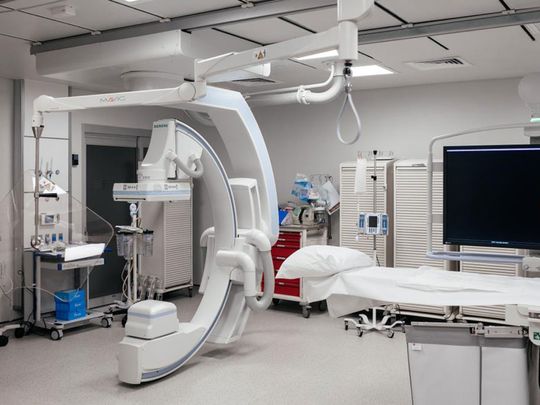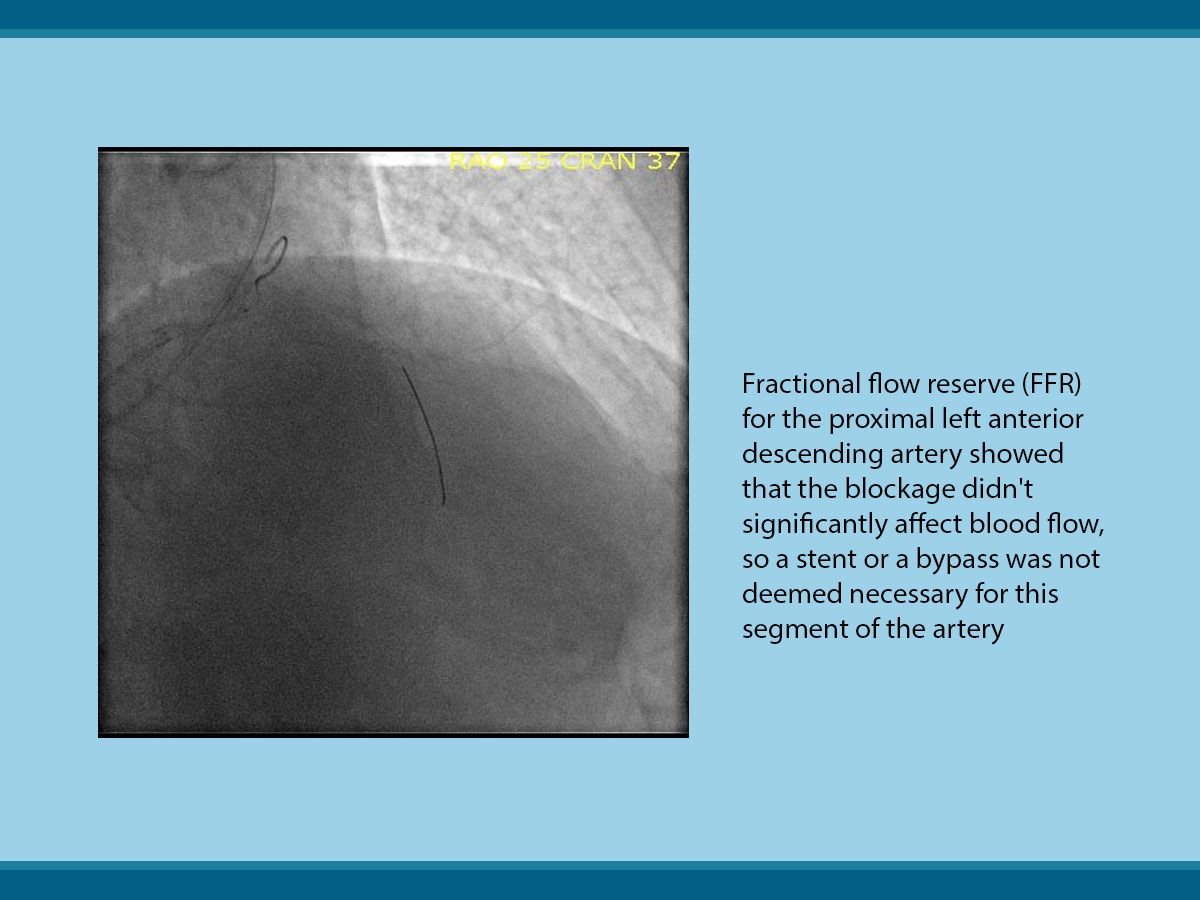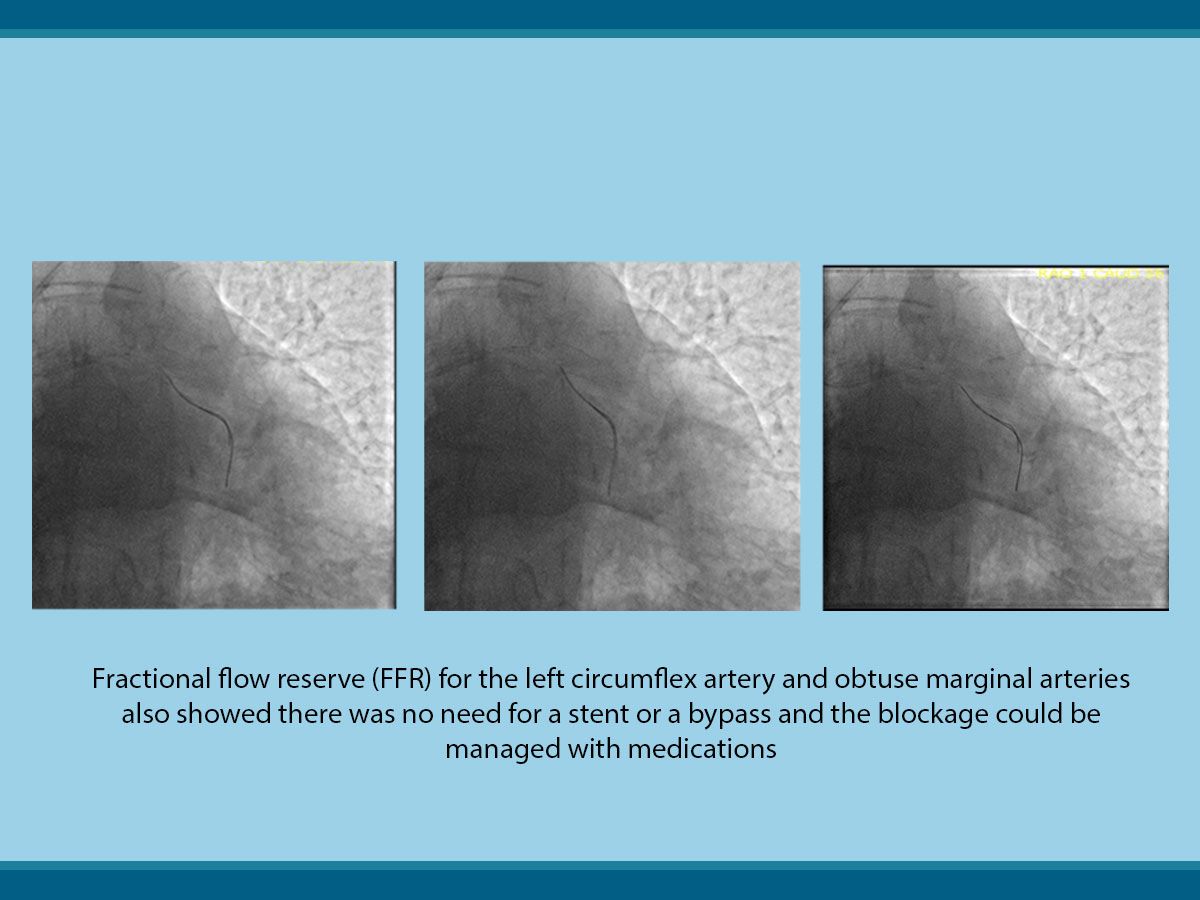| How advanced imaging and physiological assessments are revolutionising cardiology | 您所在的位置:网站首页 › parviz › How advanced imaging and physiological assessments are revolutionising cardiology |
How advanced imaging and physiological assessments are revolutionising cardiology
 Image Credit: Supplied
Image Credit: Supplied
Not every patient with a blocked artery requires a stent – that is the message Dr Yasir Parviz, Interventional Cardiologist at Clemenceau Medical Center Hospital in Dubai (CMC Hospital Dubai), is passionate about spreading in the region. With the latest in imaging and physiological assessments at CMC Hospital Dubai, patients can go on to lead normal lives with no treatment at all, or just minimal interventions. “The perception that if there is a blockage, it needs to be stented is wrong. It’s called the oculostenotic reflex – your eyes see a blockage and you think you need to put a stent,” says Dr Parviz, who has dual board certifications from the UK and Canada, as well as a fellowship in imaging and physiology from Columbia University, New York. “But multiple large-scale randomised trials done all over the world over the period of 15 years have shown that in many cases no stent is needed, and one can safely defer treatment.” The problem is that most of the time, doctors base these decisions on angiograms. But an angiogram, which is an X-ray of the heart, doesn’t give us sufficient information, according to Dr Parviz.  With an angiogram, you get a two-dimensional picture, which is not the answer for the complex three-dimensional structure of blood vessels. For that, we need to have a physiologically based assessment of the arteries.
- Dr Yasir Parviz, Interventional Cardiologist at Clemenceau Medical Center Hospital in Dubai
With an angiogram, you get a two-dimensional picture, which is not the answer for the complex three-dimensional structure of blood vessels. For that, we need to have a physiologically based assessment of the arteries.
- Dr Yasir Parviz, Interventional Cardiologist at Clemenceau Medical Center Hospital in Dubai
Intracoronary physiology, in its simplest form, refers to measuring indexes or ratios such as fractional flow reserve (FFR) that tell you how the flow of blood through arteries is affected by blockages. “We check the pressure before and pressure after the blockage, and then we see whether this pressure difference is significant,” Dr Parviz explains. “We want to have this pressure difference as close to a ratio of one as possible. If it is less than 0.8, then it becomes significant and you need to treat the patient.” Patients travel to CMC Hospital Dubai from countries such as India, Pakistan and Nigeria for this cutting-edge analysis, and it can make the difference between being told you need a triple bypass and no intervention at all. Dr Parviz gives the example of a patient from Pakistan who was told he had three arteries with 70 per cent blockage, but physiological assessments showed that the FFR was negative on the arteries. “A blockage shown on the scan does not matter; for the patient, blood flow matters,” says Dr Parviz. “If the flow ratio is more than 0.8, even if the blockage is there, studies show that these patients do very well without a stent.” When the physiological assessments show that intervention is necessary, advanced intravascular imaging such as ultrasound (IVUS) or light waves (Optical Coherence Tomography, or OCT) can help give the doctor highly detailed imagery of the internal structure of the blood vessel to carry out the procedure with precision. “We are able to give computerised treatment rather than depend on human judgment,” he says. “Before, during and after the procedure, imaging gives you the precise coronary intervention you deserve in 2023, rather than using technology from 1978.” He gives another example of a patient who travelled to CMC Hospital Dubai from Oman after being told he had a triple vessel disease; that is, he had three blockages in major arteries and required bypass surgery.  Image Credit: Supplied
Image Credit: Supplied
But a physiological assessment showed that one of the blockages did not need treatment at all, the second required only a small stent, and in the third case, the calcification in the artery was cleared using state-of-the-art minimally invasive procedures and IVUS imaging.  Image Credit:
Image Credit:
 Image Credit:
Image Credit:
“We were able to convert a patient who could have gone for a bypass into someone who just needed a small, simple procedure and was discharged the very next day,” says Dr Parviz. These advancements are particularly important to those with diabetes, hypertension or chronic kidney disease, many of which are an epidemic in the country today. “These are complex and diffuse conditions that are difficult to manage, and physiology and imaging helps treat them more effectively,” he says. For instance, it could allow you to treat kidney patients with less use of the dyes and contrasts necessary for an angiogram, or manage the thinning arteries of diabetes patients more efficiently. Above all, it can prevent unnecessary interventions in the elderly. The problem is that although these remarkable advancements are used routinely in places like Japan and the UK, the awareness of them is still low in the region. But CMC Hospital Dubai is at the forefront, trying to bring about change. “We need to educate and train doctors,” says Dr Parviz. “They may say [these treatments] take more time, or use more money and hospital resources. But we need to do it for the patients, who deserve the best possible outcomes,” he says. “Whatever the hurdles, we are happy to persist – to teach, do live case transmissions and speak at conferences, so that the science advances in the region.” |
【本文地址】